Rice Farming Guide
📌 Introduction

Rice is a staple food for more than half of the world’s population. It is primarily grown in Asia and thrives in warm, moist environments. Rice farming is both an art and a science, requiring knowledge of soil, water, seeds, pests, and proper harvesting techniques.

🧬 1. Types of Rice
🍚 Based on Grain Size:
- Short-grain: Sticky rice (e.g., sushi rice)
- Medium-grain: Tender and moist (e.g., Arborio)
- Long-grain: Fluffy and dry (e.g., Basmati, Jasmine)
🌱 Based on Cultivation:
- Upland rice: Grown without flooding (rainfed)
- Lowland rice: Grown in flooded fields (paddy rice)

🌍 2. Suitable Climate & Conditions
☀️ Climate
- Temperature: 20°C to 38°C
- Rainfall: 100–200 cm annually
- Sunlight: Full sun (6–8 hours daily)
🌾 Soil
- Loamy, silty or clayey soil
- pH: 5.5 to 7.0 (neutral to slightly acidic)
- Good water retention capacity

🌱 3. Rice Farming Methods
- Traditional Method (Manual): Land is ploughed by bullocks or tractors. Seeds are manually sown and transplanted.
- SRI: Uses less water and seed. Widely adopted for higher yields.
- Direct Seeding: Seeds sown directly into fields. Saves labor but requires precise weed control.
- Transplantation: Seeds are sown in nurseries then transplanted into flooded fields.

🧪 4. Land Preparation
- Ploughing: To loosen the soil.
- Levelling: For uniform water distribution.
- Watering: Field is flooded before planting.
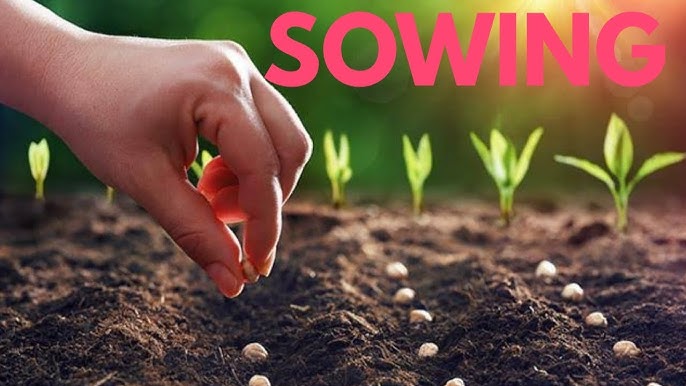
🌾 5. Seed Selection and Sowing
Seed Selection: Choose high-yielding, disease-resistant, and climate-suitable varieties.
Common Varieties: Basmati, IR64, MTU-1010, Jasmine, Japonica
Seed Treatment: Soak in water for 12–24 hours. Treat with fungicides like Carbendazim.
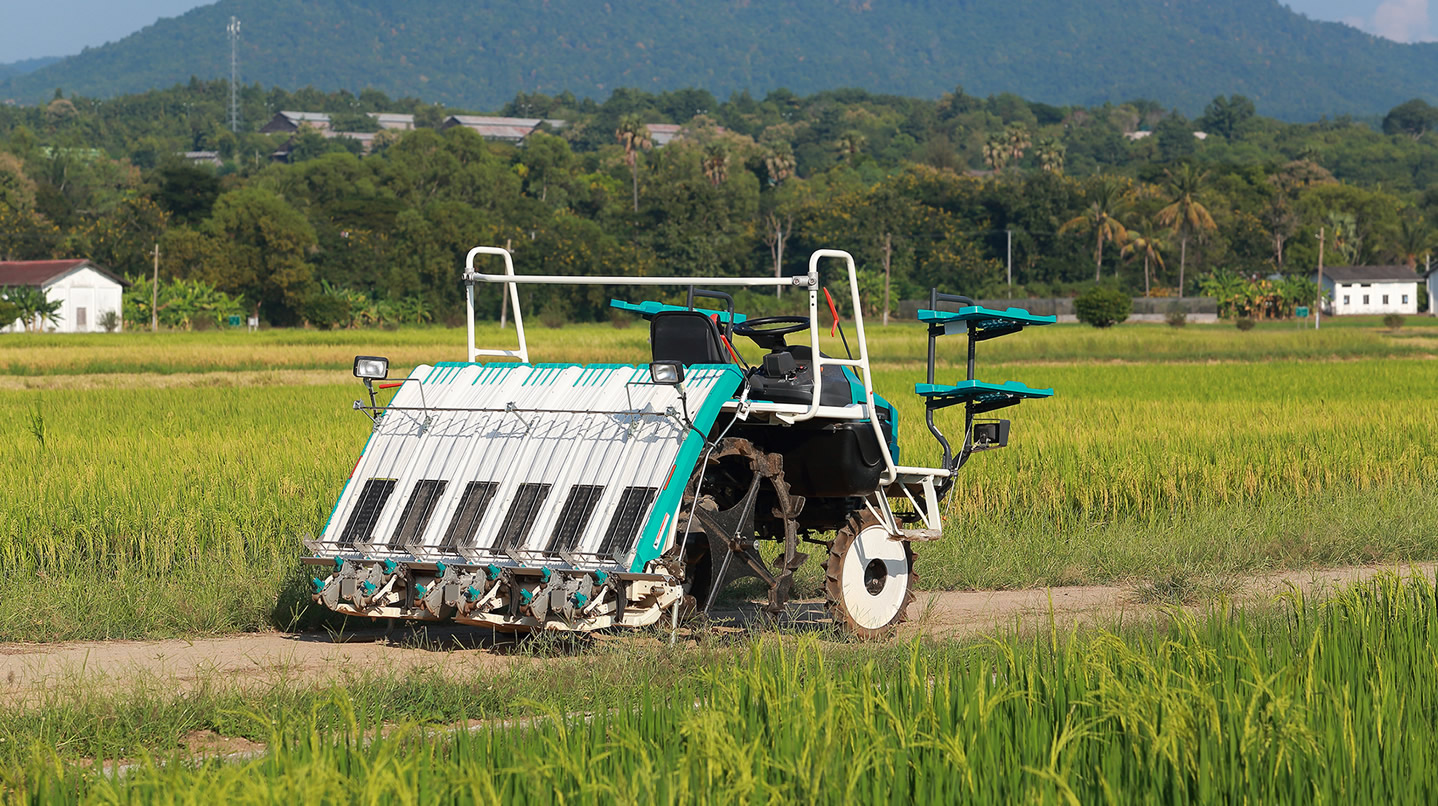
🚜 6. Transplanting
- Age of Seedlings: 20–30 days
- Spacing: 20x20 cm for proper aeration and sunlight
- Water Level: Maintain 3–5 cm of water during transplantation

💧 7. Irrigation
- Continuous flooding early and mid-growth
- Drain water 10–15 days before harvesting
- Use AWD (Alternate Wetting and Drying) to save water
📅 8. Sowing Season by Region
| Region | Sowing Time | Harvest Time |
|---|---|---|
| Northern India (Punjab, UP, Bihar) | June – July (Kharif) | October – November |
| Southern India (Tamil Nadu, Kerala) | June – August (main), Jan – Feb (rabi) | November – December, April – May |
| Eastern India (West Bengal, Assam) | May – July | October – December |
| Western India (Gujarat, Maharashtra) | June – July | October – December |

🌿 9. Weed and Pest Management
- Weed Control: Manual weeding, mechanical weeders, herbicides like Butachlor
- Common Pests: Stem borers, Leaf folders, Brown planthoppers
- Control: IPM, biological controls (ducks, neem), chemical pesticides as last resort
🌿 10. Fertilizer Management
| Fertilizer Type | Quantity per Hectare | Application Time |
|---|---|---|
| Nitrogen (N) | 80–100 kg | Split: Basal + tillering + panicle initiation |
| Phosphorus (P2O5) | 40–60 kg | Entire dose as basal during transplanting |
| Potassium (K2O) | 40–60 kg | Split between basal and tillering stage |
| Micronutrients (Zinc, Iron) | As per soil test (e.g., Zinc sulfate 25kg/ha) | Soil application at transplanting |
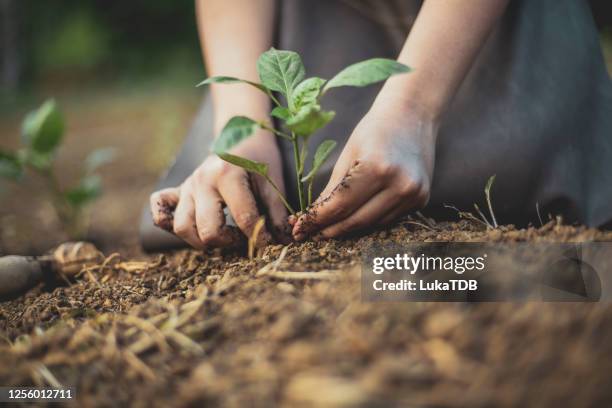
🌾 11. Growth Stages of Rice
- Germination
- Seedling
- Tillering
- Panicle initiation
- Flowering
- Maturity
🔪 12. Harvesting
- Signs: Grains turn golden yellow, 20–25% moisture content
- Methods: Manual (sickles), Mechanical harvesters
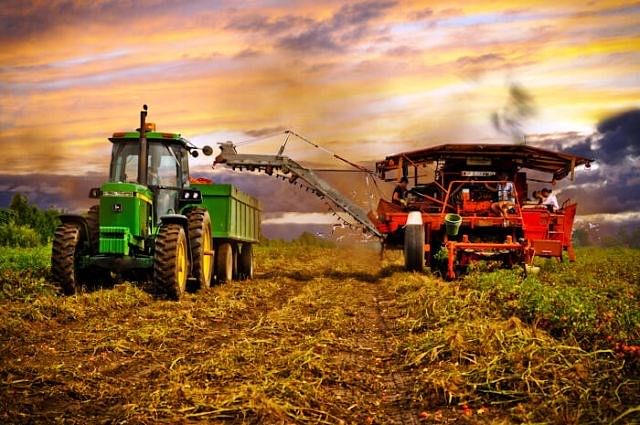
🏭 13. Post-Harvest Processing
- Threshing: Separate grain from stalk
- Drying: Reduce moisture to 12–14%
- Milling: Remove husk and bran
- Storage: Use airtight containers or silos
💸 14. Yield & Profitability
- Average yield: 2–5 tons/hectare
- Cost factors: Labor, seeds, water, fertilizers
- Profit: Higher with mechanization and good management
🌱 15. Sustainable & Modern Practices
- Use of Drones for spraying/monitoring
- Soil Testing Kits
- Organic Rice Farming
- Agri Apps for tracking
- Water-saving techniques like AWD & laser leveling
✅ 16. Tips for Beginners
- Test soil before planting
- Start small to learn the cycle
- Keep records
- Attend training/workshops
💸 Economics / Profitability
| Input | Details |
|---|---|
| Seed Cost | ₹1,000 – ₹1,500 per acre (HYV/Hybrid) |
| Fertilizer & Pesticides | ₹3,000 – ₹5,000 per acre |
| Labor Cost | ₹5,000 – ₹8,000 per acre |
| Miscellaneous | ₹2,000 – ₹3,000 (irrigation, machinery) |
| Total Cost of Cultivation | ₹12,000 – ₹18,000 per acre |
| Average Yield | 20 – 25 quintals/acre (paddy) |
| Market Price | ₹1,800 – ₹2,200 per quintal |
| Net Profit | ₹10,000 – ₹30,000 per acre (depends on irrigation and seed variety) |
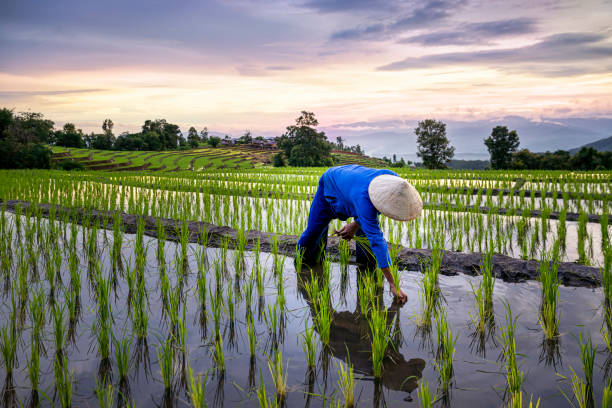
📷 17. Visual Content
- Infographics: Rice life cycle, irrigation layout
- Videos: Step-by-step transplanting, pest control
- Photo Galleries: Rice varieties, farming tools
